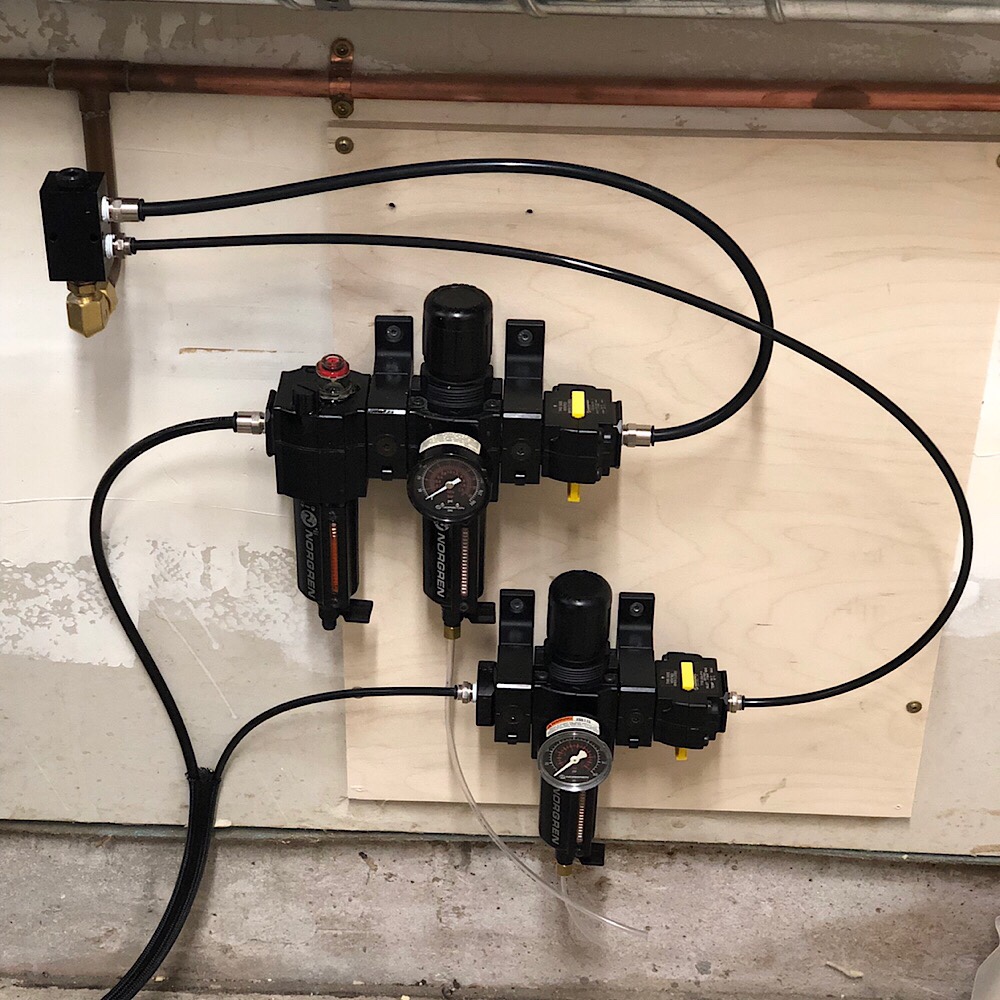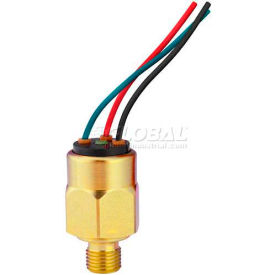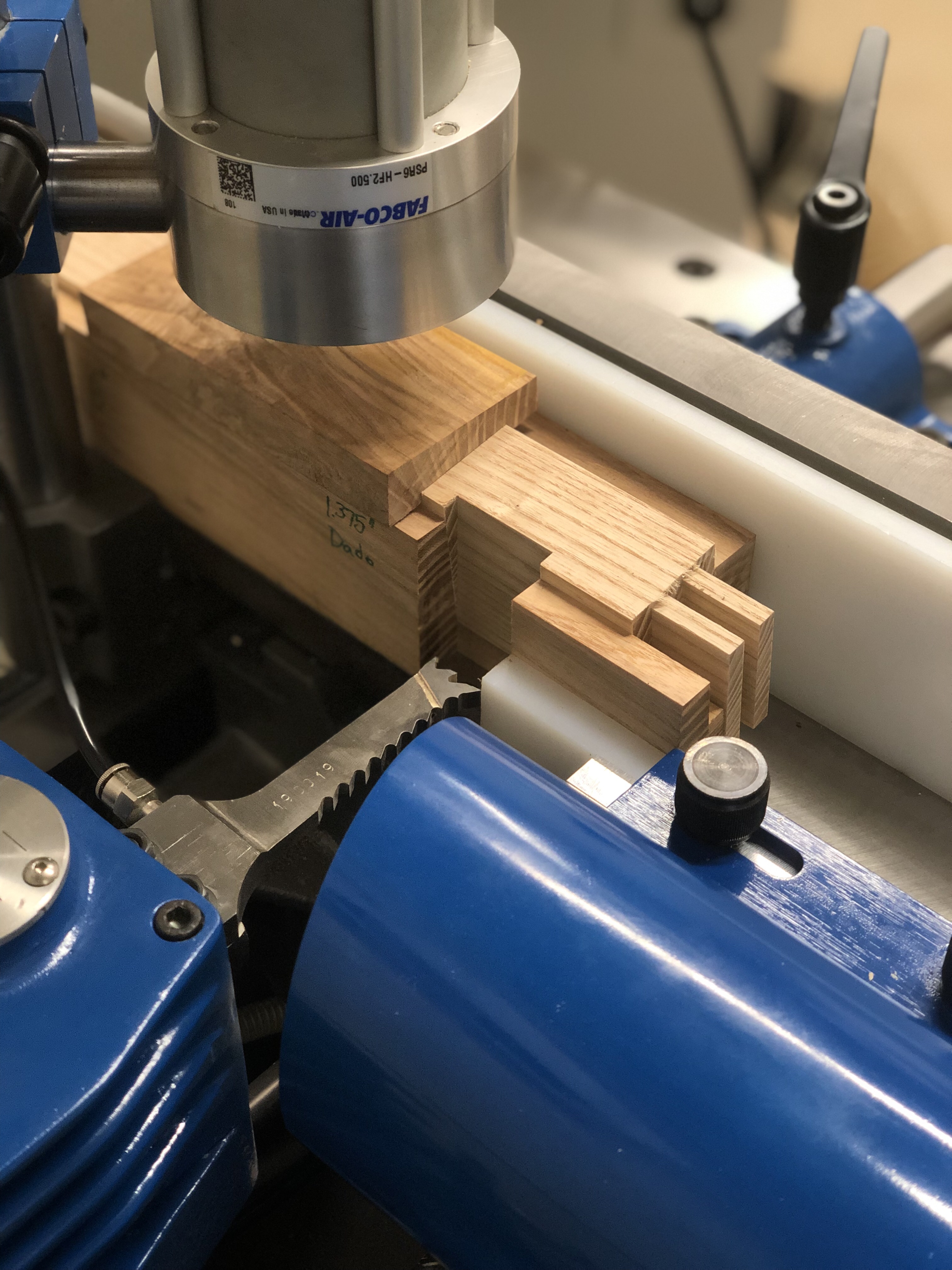Everything about this has been exceptional Brian, from the restoration to the fabrication of the stop. That stop is really a beauty!
I've been day dreaming about an auxiliary fence for the Oliver 260 and I keep having this vision of that stop hanging off the end.......
I'll look forward to seeing if you change anything after putting some hours on it. Maybe some stop collars to keep two settings going at once?
What an inspiration, thank you!




 Reply With Quote
Reply With Quote








